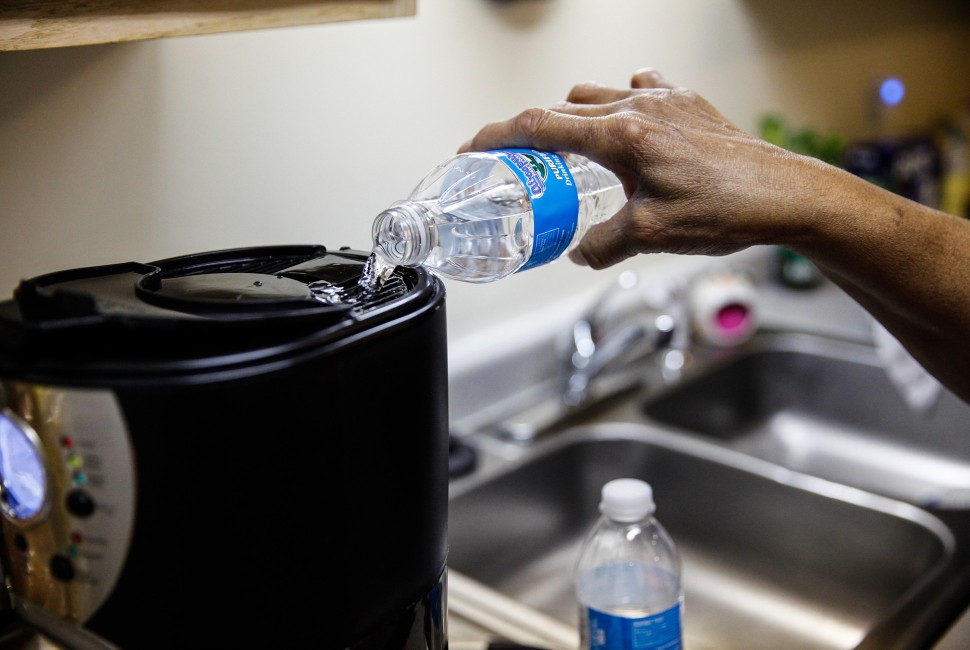A new study finds more than half of adults surveyed worldwide expect to be seriously harmed by their water within the next two years. Led by global health experts at Northwestern University and the University of North Carolina at Chapel Hill, the study sought to understand public perceptions of drinking water safety.
Because perceptions shape attitudes and behaviors, distrust in water quality has a negative impact on people’s health, nutrition and psychological and economic well-being — even when the water meets safety standards.

“If we think our water is unsafe, we will avoid using it,” said Sera Young, professor of anthropology and global health at Northwestern and senior author of the study.
“When we mistrust our tap water, we buy packaged water, which is wildly expensive and hard on the environment; drink soda or other sugar-sweetened beverages, which is hard on the teeth and the waistline; and consume highly processed prepared foods or go to restaurants to avoid cooking at home, which is less healthy and more expensive,” Young said. “Individuals exposed to unsafe water also experience greater psychological stress and are at greater risk of depression.”
Young is a Morton O. Schapiro Faculty Fellow at the Institute for Policy Research, a faculty fellow at the Paula M. Trienens Institute for Sustainability and Energy, and co-lead of the Making Water Insecurity Visible Working Group at the Buffett Institute for Global Affairs.
The findings
Using nationally representative data from 148,585 adults in 141 countries from the 2019 Lloyd’s Register Foundation World Risk Poll, the authors found a high prevalence of anticipated harm from water supply, with the highest in Zambia, the lowest in Singapore and an overall mean of 52.3%.
They also identified key characteristics of those who thought they would be harmed by their drinking water. Women, city dwellers, individuals with more education, and those struggling on their current income were more likely to anticipate being harmed by their drinking water.
The researchers found that, surprisingly, higher corruption perception index scores were the strongest predictor of anticipated harm from drinking water, more so than factors like infrastructure and Gross Domestic Product.
Further, even within countries with consistent access to basic drinking water services, doubts about the safety of water were widespread. This includes the U.S. where 39% of those polled anticipated serious harm from drinking water in the short term.
Improving public trust
“Our research highlights that it is imperative both to deliver safe drinking water and to make sure that people have confidence in their water source,” said Joshua Miller, a doctoral student at the UNC Gillings School of Global Public Health and the study’s first author.
The researchers note that it is difficult for consumers to judge the hazards and safety of their water supply because many contaminants are invisible, odorless and tasteless. Without adequate information, many are left to evaluate the safety of their water based on prior experiences, media reports, and personal values and beliefs.
“It’s also possible that people correctly judge the safety of their water,” Young said. “The good people of Flint didn’t trust their water and they were spot on.”
The co-authors suggest actions officials can take to improve public trust around drinking water, including efforts to make testing more readily available, translate test results, replace lead pipes and provide at-home water filters when contaminants are detected, as well as provide improved access to safe drinking water.


